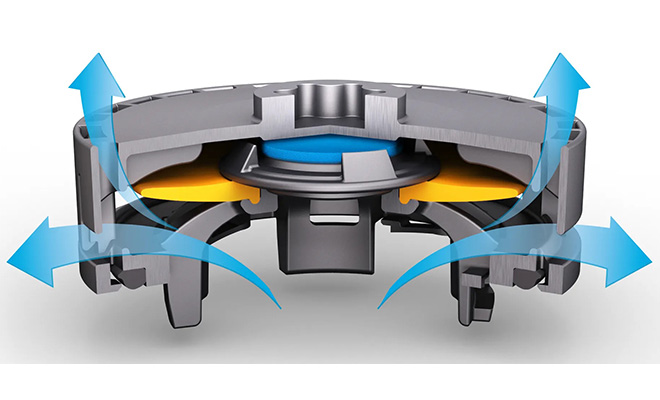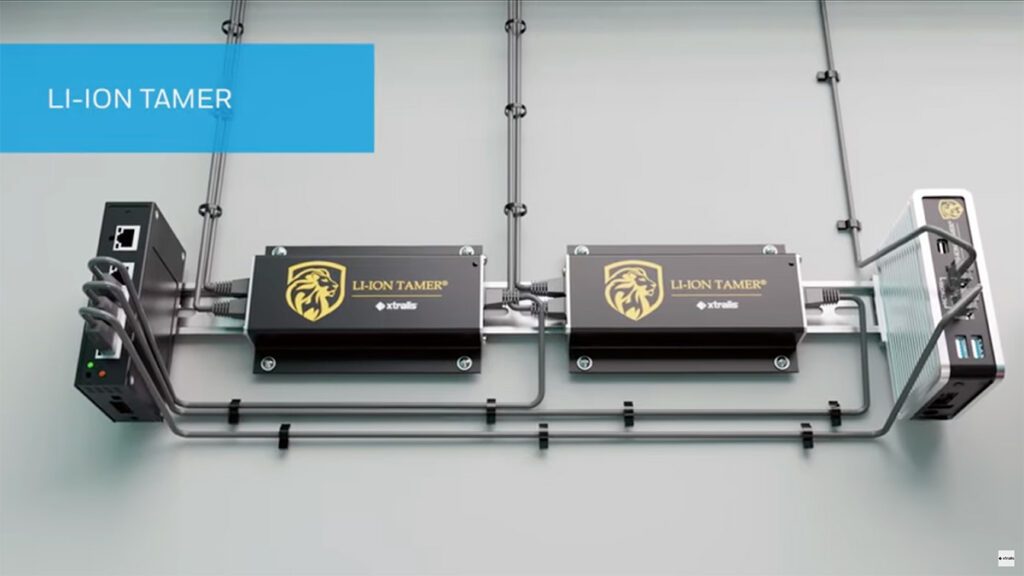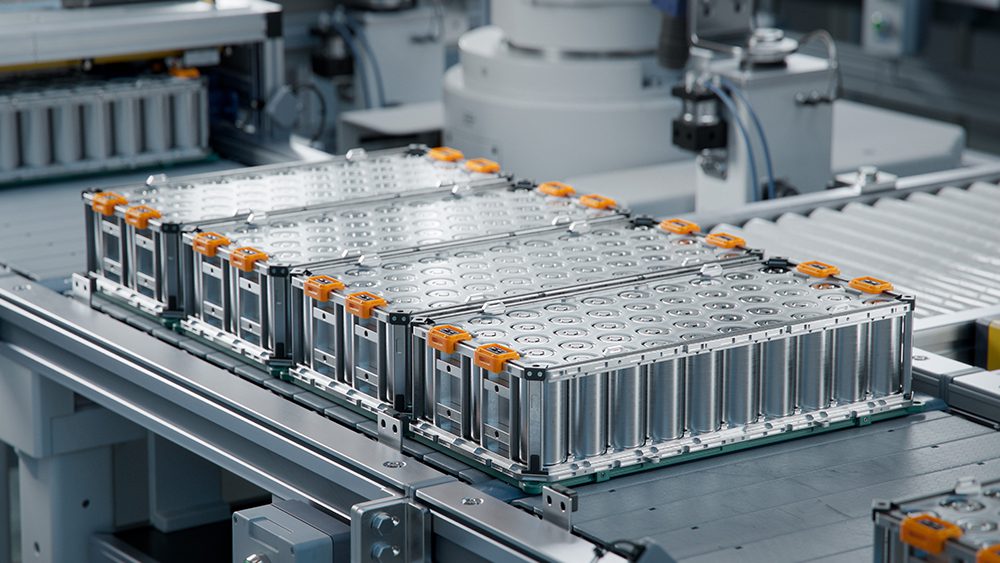Freudenberg Sealing Technologies has introduced a new generation of DIAvent valves, which allow reaction gases to escape from damaged lithium-ion batteries. The valves also maintain the continuous pressure compensation required for normal battery operation.
If a battery gets damaged, liquid electrolytes can escape into the battery housing as hot gases. These must then be released into the environment very rapidly and in a controlled process through a pressure relief valve.
At the same time, every battery housing needs controlled venting to compensate for fluctuating air pressure during normal operation. This is necessary not only when driving uphill and downhill, but also because the air in the housing heats up during power input and output. If rupture disks are used for emergency venting, a separate valve may be needed to compensate for the pressure during regular operation.
Freudenberg launched series production of its new DIAvent product in early 2020, to offer a ventilation valve that combines regular housing venting and rapid emergency degassing in a single component. The company says its latest generation valve makes the emergency degassing four times faster.

The basic design of the valve is the same: a centrally positioned, water-repellent nonwoven element ensures effective air exchange during normal operation. If water hits the valve at high pressure, the outer layer is temporarily pressed onto a media-tight interior layer, preventing any water from penetrating the housing. Emergency degassing is enabled by a ring-shaped umbrella valve surrounding the nonwoven membrane. It opens as soon as the pressure inside the housing exceeds the atmospheric air pressure by more than 40 millibars. After the pressure is equalized, the reversible umbrella membrane closes again and restores the watertight seal.
Freudenberg is preparing a rapid series launch of the new “DIAvent Highflow” valve generation. Prototypes are being tested by customers and production is primed for expansion. This includes an “end-of-line” test of the valve function.
“With the new generation of our housing ventilation, we want to help make electromobility even safer,” explained Development Engineer Roman Herzog. “Valves that ensure both pressure compensation during normal operation and a high flow rate in an emergency also reduce costs on a system level.”
Source: Freudenberg




















































































